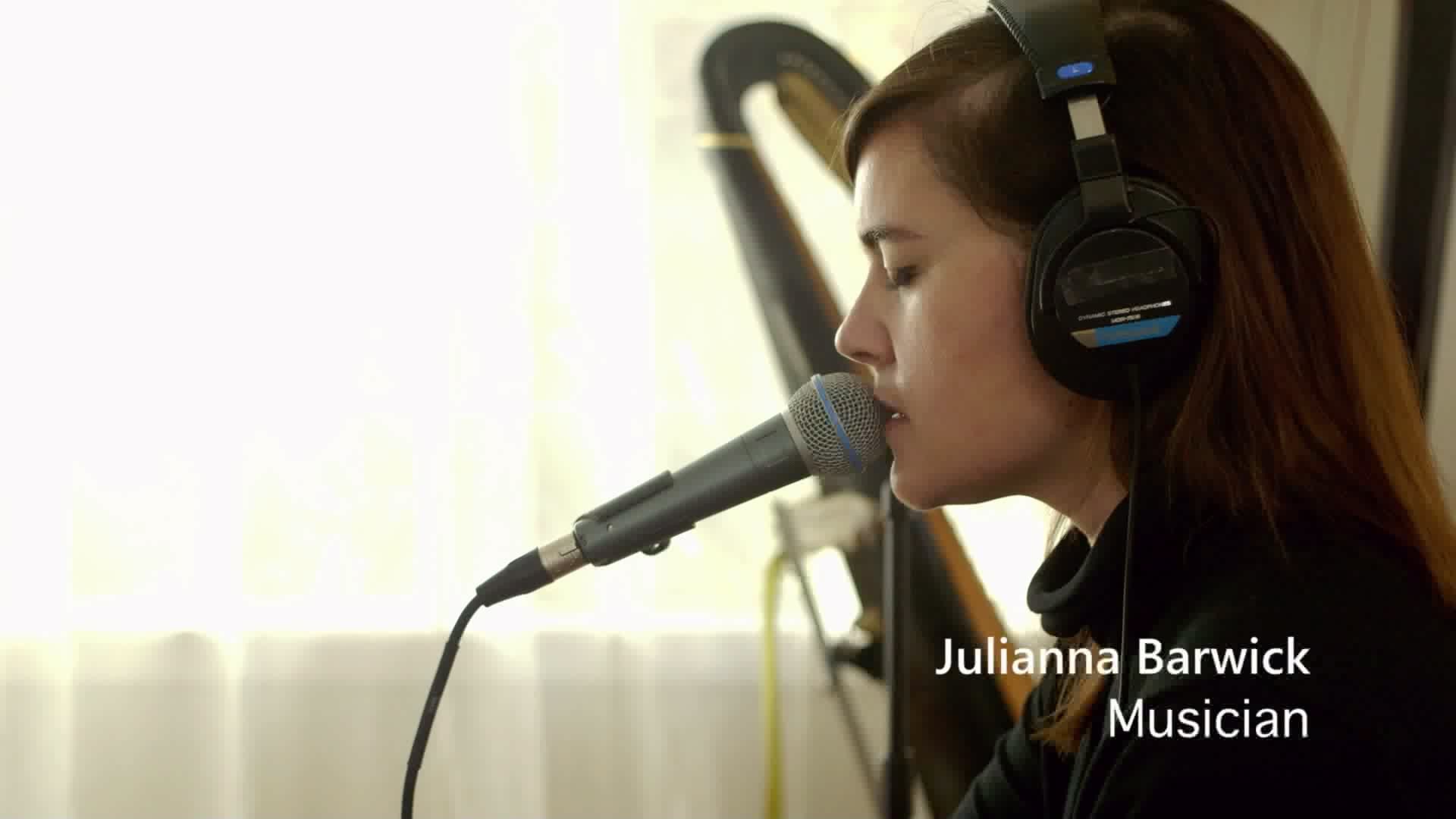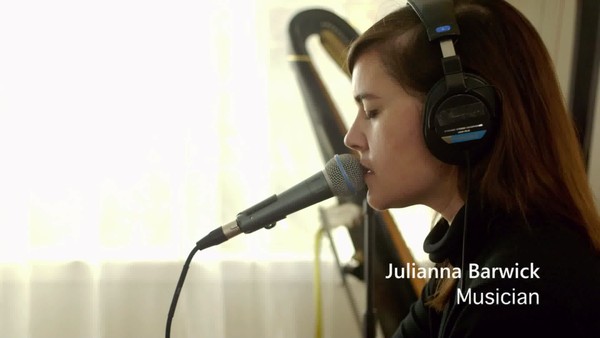Sustainable Development Goals > People
NOBEL LAUREATES: WOMEN WHO CHANGED SCIENCE
ADA, New York / MICROSOFT / 2020

Overview
Credits
OVERVIEW
Background
Nobel Foundation and Microsoft wanted to collaborate and shine a light on the incredible accomplishments of women Nobel laureates in STEM: Our project highlighted the incredible breakthroughs — and the obstacles conquered along the way — that women like Marie Curie, Rosalyn Yalow, and Barbara McClintock have engineered. Our microsite, "Women who changed science," sought to empower a new generation of girls and young women by using Microsoft AI to connect these curious users to inspiring stories based on their own goals and interests. Allowing young users to go “down the rabbit hole” of accomplished women in science, the site featured a full collection of images, video, audio, and research documents with each laureate’s story, surfaced new connections to the work of various laureates, and helped shatter gender-based misconceptions and discrimination.
Describe the cultural / social / political climate and the significance of the work within this context
Of the 700 Nobel Prizes so far awarded in the sciences, only 3% have gone to women. Out of all the Prizes awarded in STEM fields, there are only 19 women laureates. Meanwhile, a recent survey showed that just 9% of girls between the ages of 13 and 17 are interested in careers in STEM, compared with 27% of boys. To create a scientific community in the future that better represents the world at large, we need to empower young women and girls NOW to enter a STEM field. Working with the Nobel Foundation and Microsoft, we created an online destination to both share the stories of some of these overlooked laureates and inspire the next generation of women in STEM, helping shatter gender-based misconceptions and discrimination.
Describe the creative idea
Nobel Foundation’s archives are massive treasure troves of information, but dense and inaccessible. With our microsite, "Women who changed science," we sought to design a guided “trip down the rabbit hole” of women laureates in STEM that would appeal to young women and girls interested in science and math. Based on their personal interests, users could “match with a laureate” and were guided through an interactive narrative around their life and industry-defining work. Microsoft AI surfaced new connections between the laureates themselves as well as between laureates and the user; we then designed our site to be as “sticky” as possible and drive exploration across subjects and laureates. It’s an interactive spider web of STEM, full of both science and humanizing content to inspire a new generation of young women.
Describe the strategy
Partnering with the Nobel Foundation and Nobel Media, we sought to reach young women and girls who were interested in STEM subjects as well as technology more broadly. We were able to tap into and expand Nobel’s audience targeting by honing in on this Gen Z demographic, which overlapped with Microsoft’s “Tech Active” target. For our campaign, we focused on sharing humanizing content, surfacing new scientists and achievements to inspire a new generation of young women.
Describe the execution
Nobel’s archives are massive treasure troves of information, but dense and inaccessible. We sifted through hundreds of thousands of images, notes, and biographical data to collect resources that could complete interconnected narratives around our 19 women laureates. With our microsite, we designed a guided “trip down the rabbit hole” of women laureates in STEM that would appeal to young women and girls interested in science and math. Based on their personal interests, users could “match with a laureate” and explore an interactive narrative around their life and industry-defining work. Microsoft AI surfaced new connections between the laureates themselves as well as between laureates and the user; we then designed our site to be as “sticky” as possible and drive exploration across subjects and laureates. We launched "Women who changed science" in March of 2019 to coincide with Women’s History Month, a month of activism and awareness around the world.
Describe the results / impact
For Microsoft, this project was a chance to showcase creative uses of its suite of AI products, in an educational and service-based way. For the target user, a young woman or girl interested in STEM, "Women who changed science" served as a lightning bolt of inspiration. We reached more than 100 million users over the course of our campaign.
More Entries from Gender Equality in Sustainable Development Goals
24 items
More Entries from ADA
24 items


